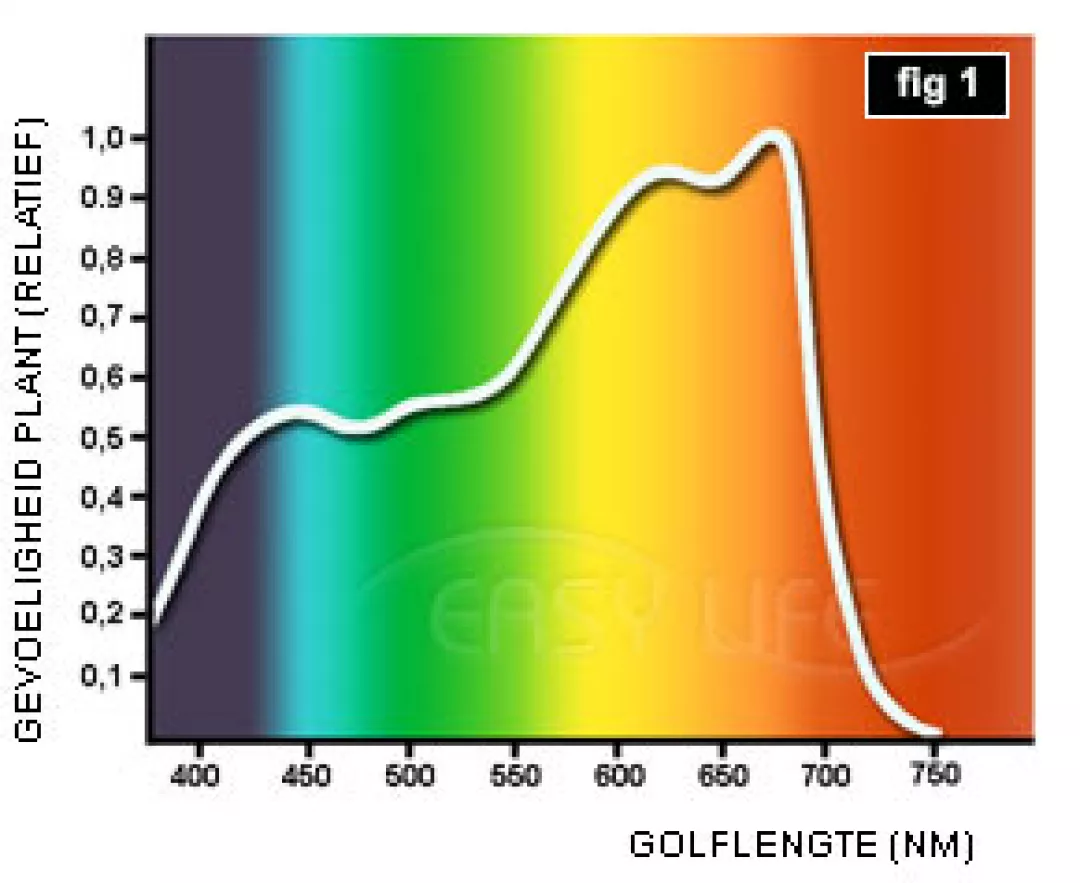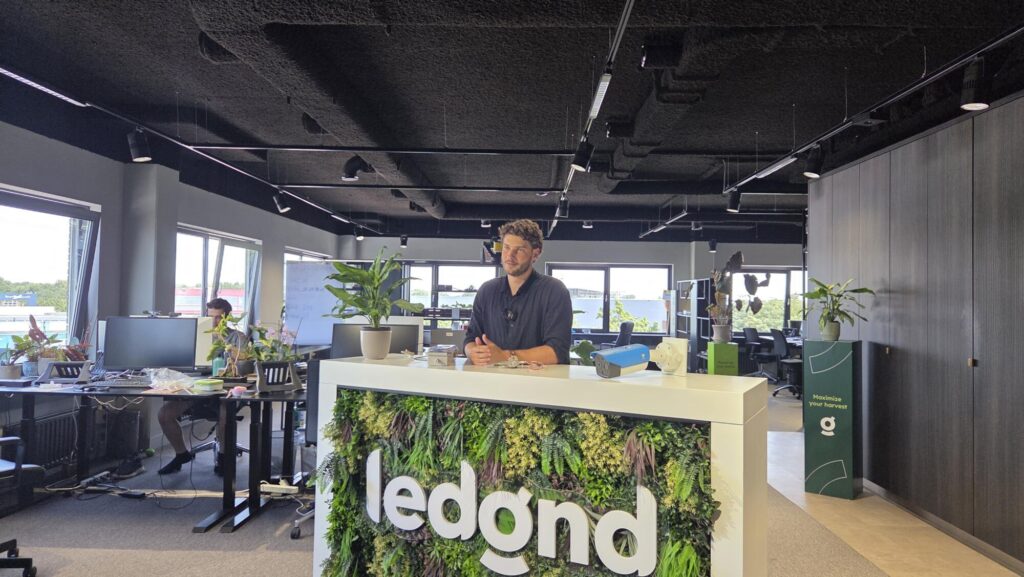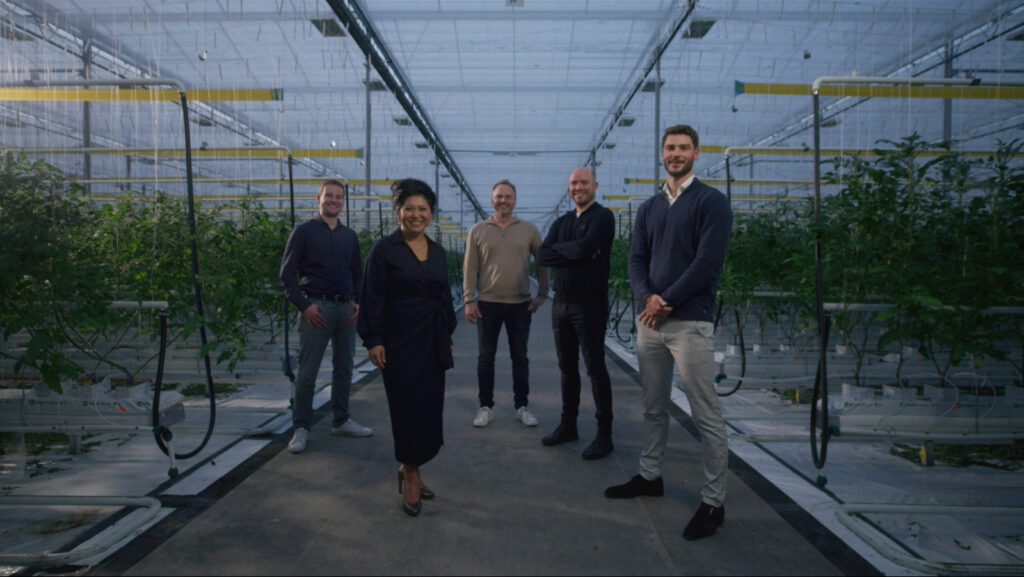What is photosynthesis and how does it work?
When you’re hungry, you grab a snack from the fridge. Your body then takes the nutrients it needs to function. But where do plants get their nutrients from? They do it in a very different way than we do: they make them themselves! The way plants do this is all about photosynthesis.
Meaning of photosynthesis
Photosynthesis is a process where sunlight is used as an energy source to convert carbon dioxide (CO₂) and water (H₂O) into glucose and oxygen. Glucose is a form of sugar that plants need to survive. The plant then releases the oxygen back into the air and stores the energy in the glucose molecules.
Photosynthesis formula
If we were to write a formula for photosynthesis, it would look like this:
6CO₂ (carbon dioxide) + 6H₂O (water) + light energy → C₆H₁₂O₆ (glucose) + 6O₂ (oxygen)
Where does photosynthesis take place?
The most important part of photosynthesis takes place in the chloroplasts, where energy from the sun is stored. Inside the chloroplasts are thylakoids, which contain the light-absorbing pigment: chlorophyll. During photosynthesis, chlorophyll absorbs blue and red light waves and reflects green light waves. Fun fact: this is why most plants appear green.
Light-dependent and light-independent reactions
Photosynthesis can be divided into two main phases:
-
- The light-dependent reactions (light reactions) take the light absorbed by the thylakoids and convert it into chemical energy in the form of the molecules ATP and NADPH. These molecules are then used in the next stage, the light-independent reactions.
Limiting Factors in Photosynthesis
-
- Light Spectrum: How photosynthesis relates to light wavelength can be seen in Figure 1. Each pigment has its own optimal wavelength range where it performs most efficiently. The curve shows that at a specific wavelength, a particular type of pigment is more effective at fixing CO₂ and, therefore, producing energy. The curve may vary slightly for each plant species, but in general, we can say that a lot of red light and some blue light is the most effective for plant growth.

Figure 1.
- Light Spectrum: How photosynthesis relates to light wavelength can be seen in Figure 1. Each pigment has its own optimal wavelength range where it performs most efficiently. The curve shows that at a specific wavelength, a particular type of pigment is more effective at fixing CO₂ and, therefore, producing energy. The curve may vary slightly for each plant species, but in general, we can say that a lot of red light and some blue light is the most effective for plant growth.
-
- Photoperiod: The photoperiod is the duration of light a plant needs to achieve good growth. This also varies between plant species. In horticulture, we can distinguish between short-day and long-day plants.
-
- Light Intensity: The amount of light affects photosynthesis. Higher light intensity leads to faster photosynthesis and plant growth, up to a certain maximum. Once this maximum is reached, additional light will have no further effect on plant growth and photosynthesis.
-
- Temperature:
For optimal photosynthesis, it is important to avoid both low and high temperatures. In general, photosynthesis increases with rising temperature, but there is a turning point (see figure 2). In this example, the rate of photosynthesis decreases after 25°C. It is important to ensure that the soil temperature is around 20°C. Temperature has a significant impact on growth rate. If it is too warm (above 30°C), photosynthesis decreases. If it is too cold, growth, fruit formation, and flowering of the plant are slowed down.
Figure 2.
- Temperature:
-
- Water Supply: Maximum growth is only possible if water uptake is functioning well. The plant absorbs nutrients through the roots in the form of moisture. The more roots the plant has, the more nutrients it can absorb. Therefore, make sure the pH value remains stable to prevent damage to the roots. A problem with the water supply can be recognized by a drooping leaf.
-
- Humidity:
Both high and low humidity can hinder the growth of your crop. In the case of high humidity, less water evaporates through the leaves, which results in less water and nutrients being transported through the roots. Additionally, there is a higher risk of mold formation. With low humidity, signs of burning will appear, leading to the loss of chlorophyll in the leaves.
- Humidity:
Improving Photosynthesis
Growers can optimize photosynthesis by using lamps that emit the right PAR radiation with the correct intensity. They should work with grow lights designed to produce the appropriate color spectrum. Photosynthesis occurs at a certain level, and beyond a certain point, it starts to decrease. Additional lighting does not necessarily stimulate photosynthesis and may even have a negative effect on plant health.
There are many other factors to consider when growing under grow lights. In addition to the light intensity and quality, you must also monitor the operating hours and temperature in the growing space.
It is important to understand the impact of grow lighting on your plants and develop a lighting plan that takes all factors in the greenhouse into account. Feel free to contact us to gain insight into how photosynthesis helps your plants grow well.
New articles

How 2025 became the year of plant feedback, sustainability and collaboration
2025 was a year of contrasts for many growers: rising costs and stricter regulations, while at the same time more opportunities than ever to gain control of the crop using data. At Ledgnd, the year wa…

“From pioneering to professionalising”, Matthea Rijneker reflects on her first six months as CEO of Ledgnd
At Ledgnd, 2025 was a year of change. Not only within the MyLedgnd platform, but also within the organisation itself, which went through a clear strategic shift. Midway through the year, Matthea stepp…

Ledgnd launches season 2 of video series “The Ledgnd of”
Ledgnd has launched the second season of its video series “The Ledgnd of”. The series takes a closer look at the key concepts and innovations shaping modern greenhouse horticulture. In the new season,…
Read more

How 2025 became the year of plant feedback, sustainability and collaboration
2025 was a year of contrasts for many growers: rising costs and stricter regulations, while at the same time more opportunities than ever to gain control of the crop using data. At Ledgnd, the year wa…

“From pioneering to professionalising”, Matthea Rijneker reflects on her first six months as CEO of Ledgnd
At Ledgnd, 2025 was a year of change. Not only within the MyLedgnd platform, but also within the organisation itself, which went through a clear strategic shift. Midway through the year, Matthea stepp…

Ledgnd launches season 2 of video series “The Ledgnd of”
Ledgnd has launched the second season of its video series “The Ledgnd of”. The series takes a closer look at the key concepts and innovations shaping modern greenhouse horticulture. In the new season,…
Do you want to know more?
Interested in what Ledgnd can do for you? Leave your phone number, and we will contact you as soon as possible for a non-binding informational conversation

